Indulge in the irresistible crunch of this homemade cassava chips! Fried to crispy perfection, these chips offer a low-glycemic alternative to traditional potato chips.
Made from thinly sliced cassava root, each bite is a satisfying crunch. Plus, they’re naturally gluten-free and fried in avocado oil, making them a guilt-free indulgence that everyone can enjoy.
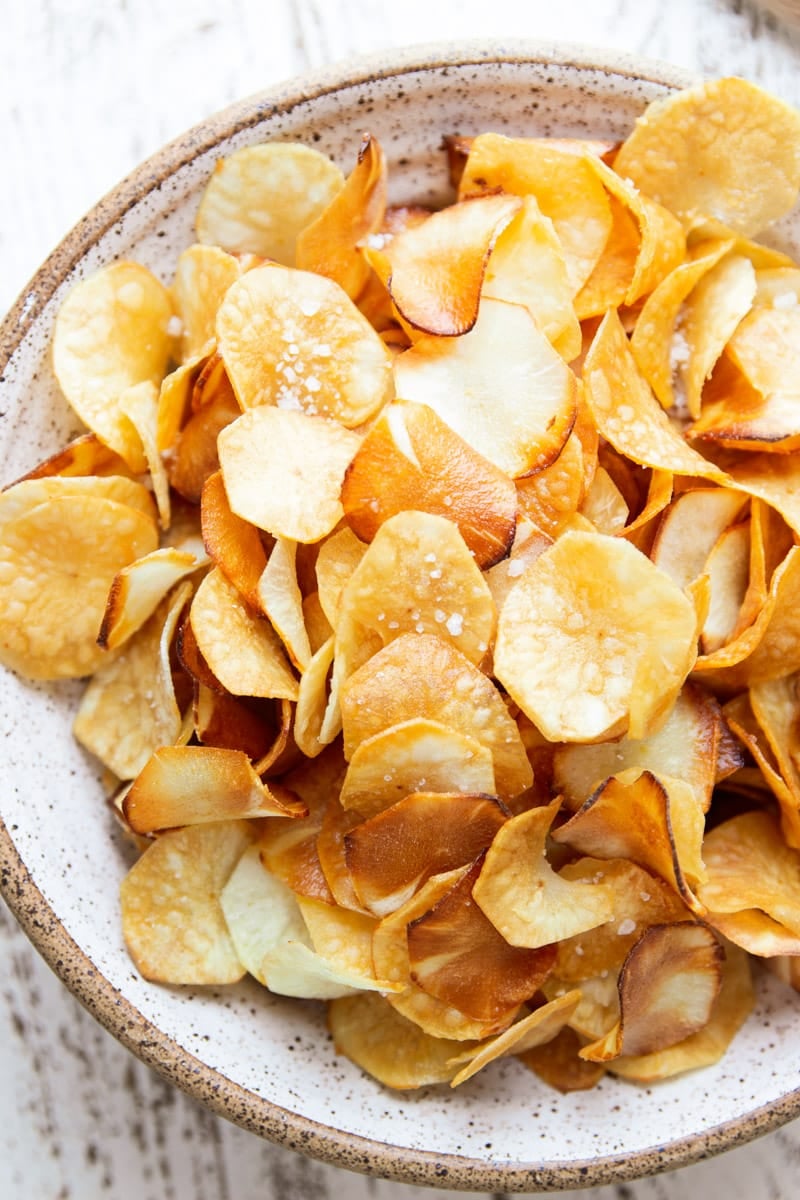
What is cassava?
Cassava, also known as yuca or manioc, is a starchy root vegetable native to South America and commonly grown in tropical regions around the world. It is a staple food for millions of people, particularly in Africa, Asia, and South America. Cassava is a versatile crop that can be used in various culinary applications, including boiling, frying, baking, and fermenting.
Cassava is gluten-free and can be ground into flour to make gluten-free baked goods such as bread, cakes, and cookies.
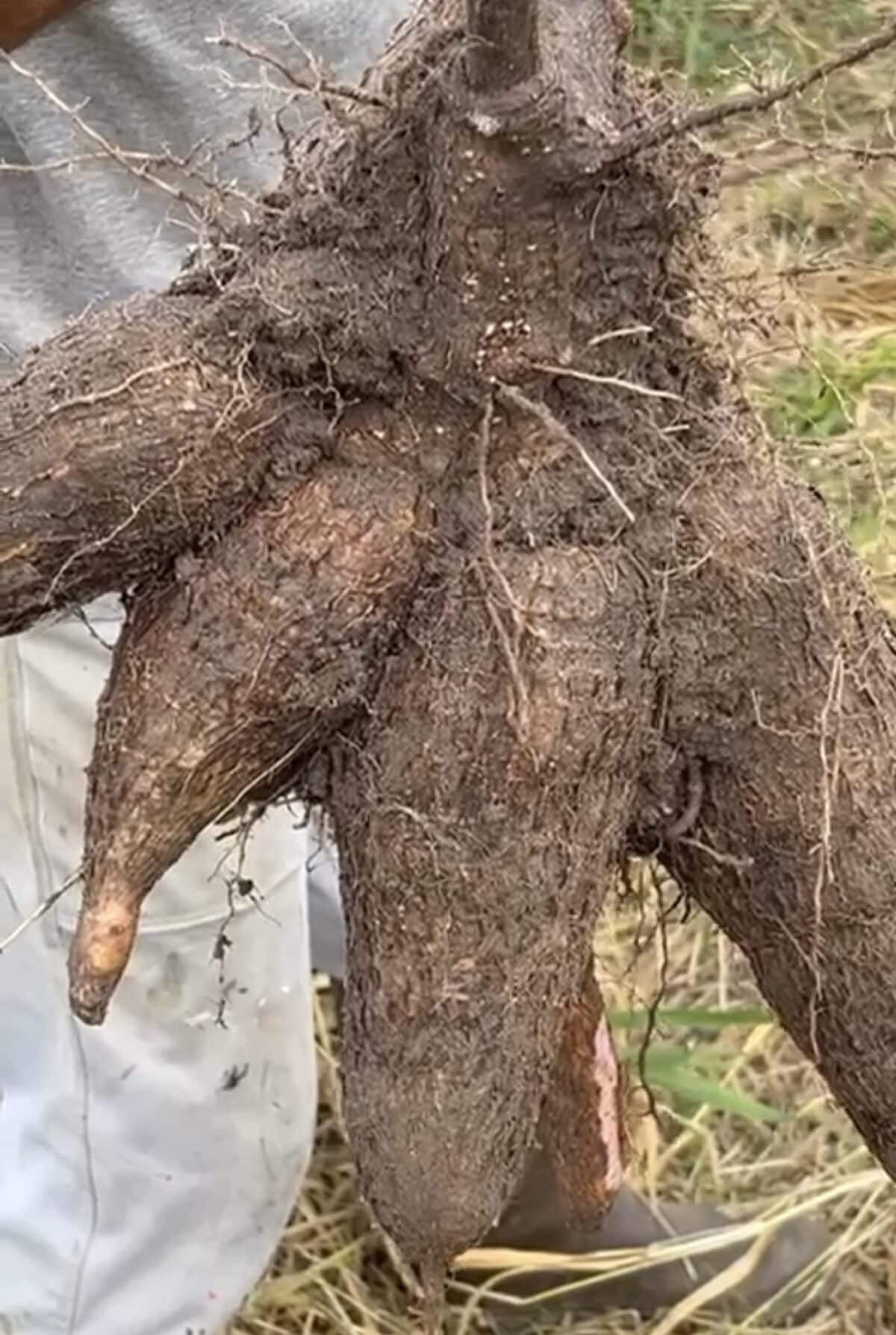
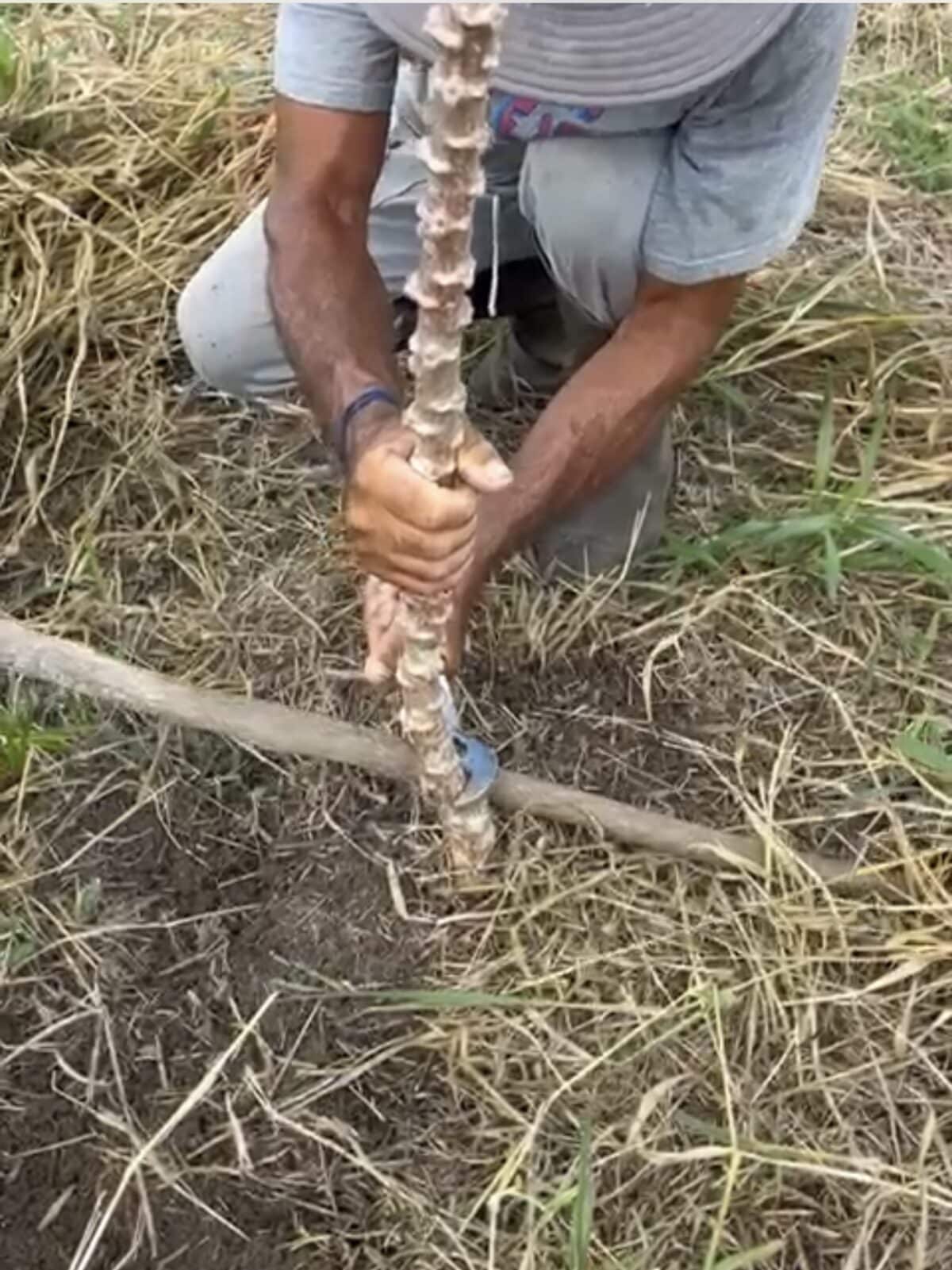
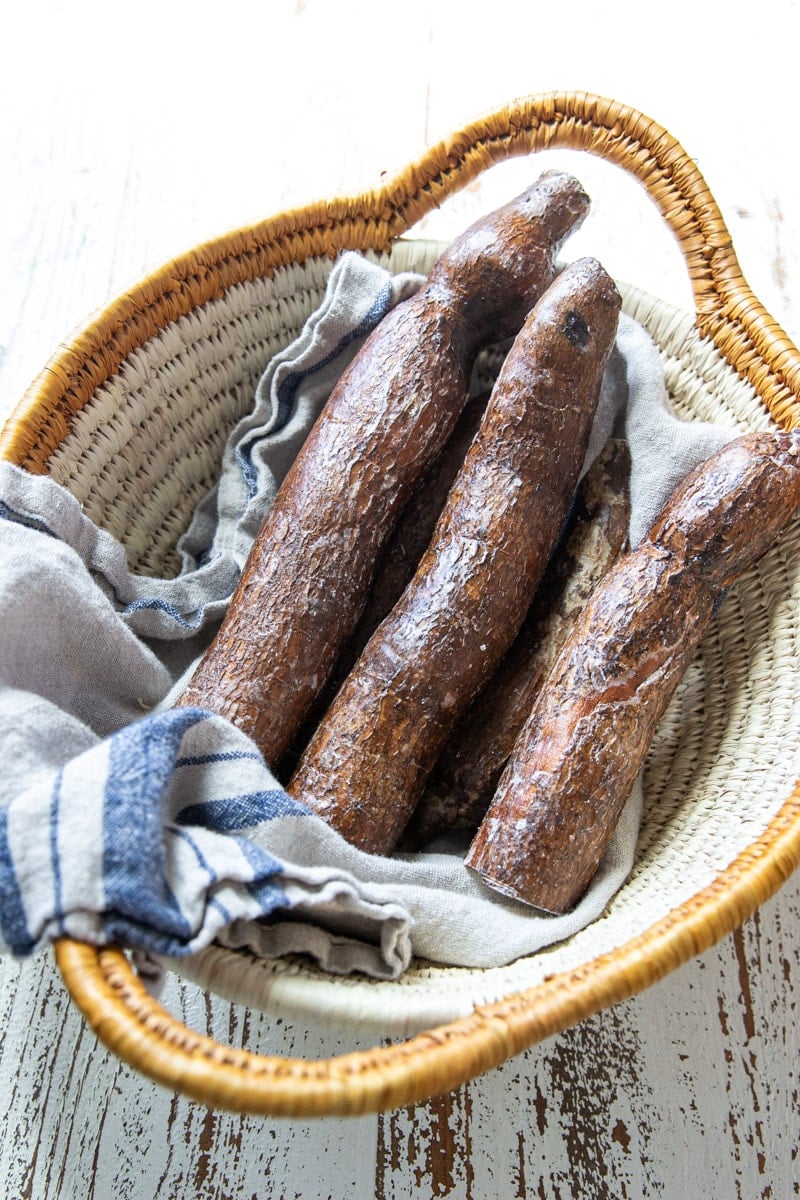
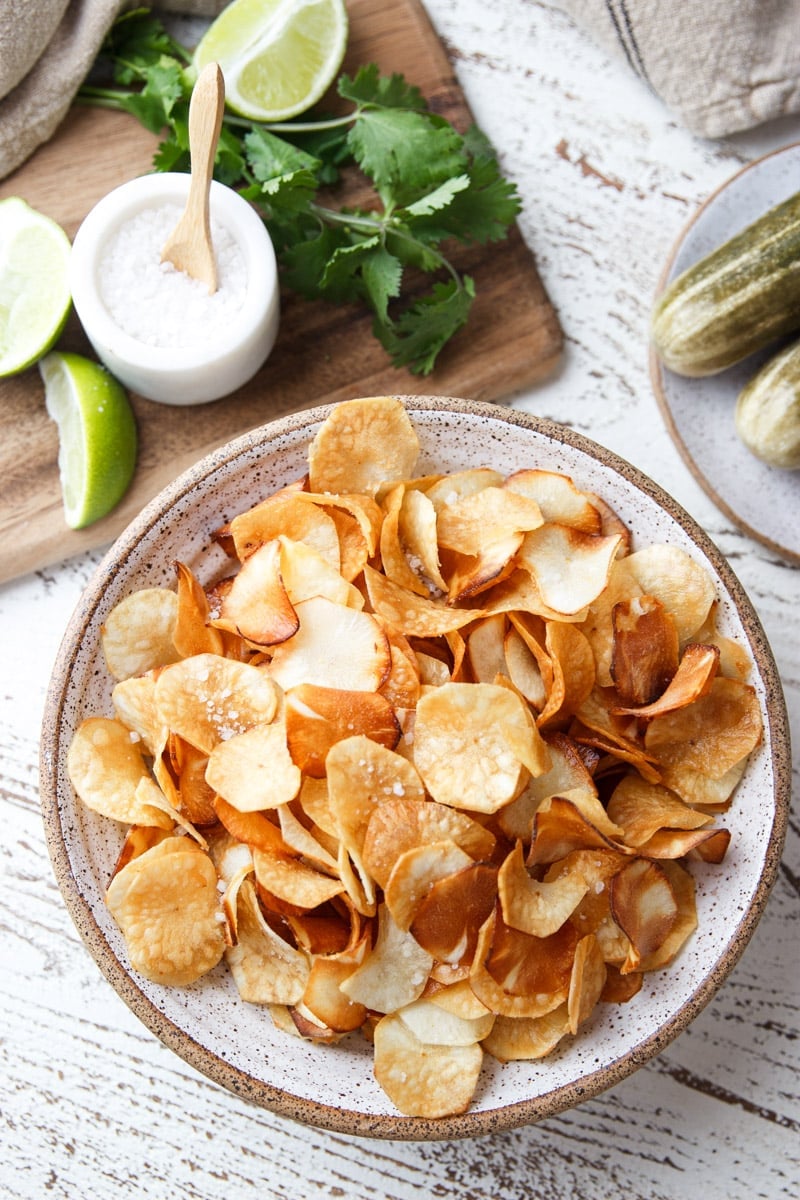
Cassava Chips Ingredients
Cassava/ Yuca – be sure to select a cassava root that skinny long and uniform.
Avocado oil – or any oil that’s best for frying (see list of best oils for frying below)
Sea Salt – flaky sea salt is best instead of refined table salt.
best oils for frying
Oils with a high smoke point are best used for frying. Here is a list:
- Avocado oil (refined) 480-520°F.
- Safflower oil 450-500°F.
- Canola oil 400-475°F.
- Soybean oil 450°F.
- Sunflower oil (refined) 450°F.
- Peanut oil (refined) 450°F.
- Coconut oil (refined) 400-450°F.
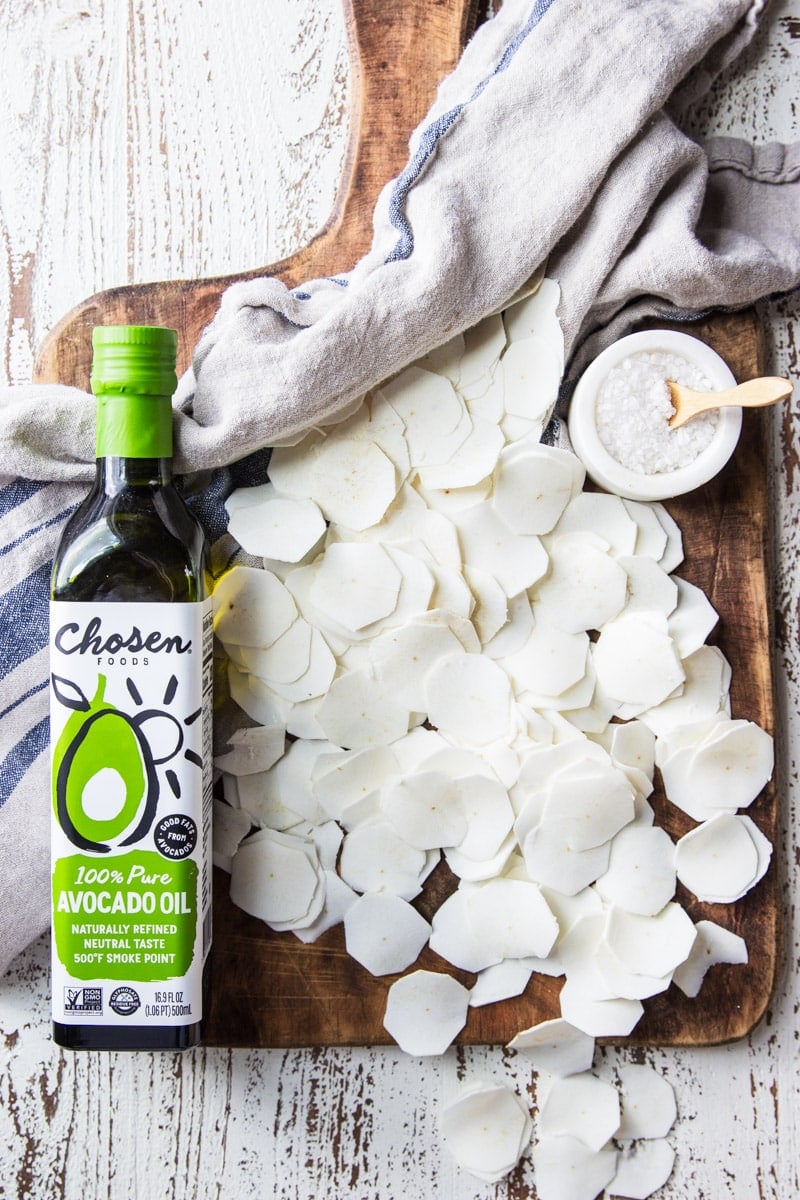
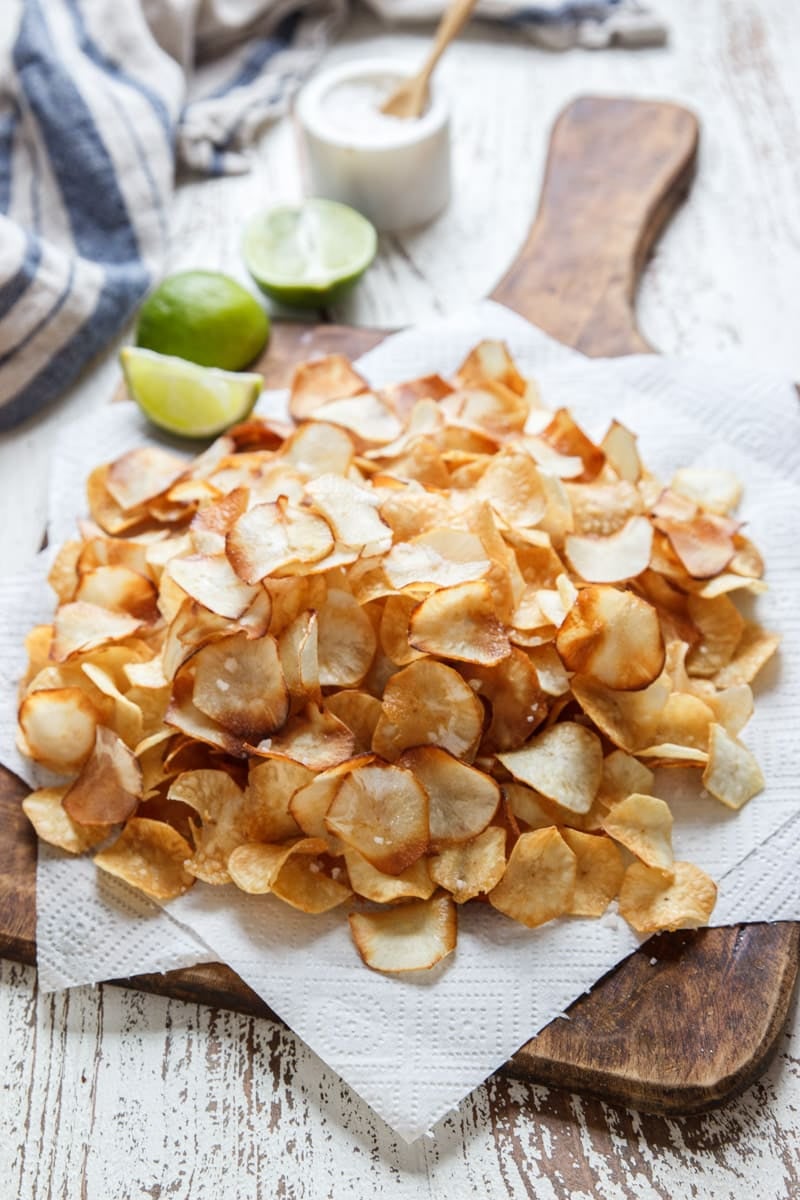
How to Make Cassava Chips
- Cut cassava root in half for easy peeling. Place cassava or yuca onto a cutting board and slice the tough waxy skin off.
- Peel the cassava into thin rounds using a peeler of mandolin. It’s always a good idea to pat dry the cassava slices with a paper towel to make sure it is nice and dry, perfect for frying into crisp perfection.
- Pour 16.9oz bottle of oil into a frying pan and heat on medium high heat until about temperature of 365F degrees.
- When the oil is hot enough for frying set the heat to medium. Add a few cassava slices at a time, one by one because if you put them all bunched in together you will not be able to separate them (see images in recipe card)
- Allow cassava chips to fry until mildly yellow, or until the corners start to crisp up. There is no need to turn them. Once you get a groove of it it shouldn’t take more than 10-15 seconds for each cassava to be ready. Remove the ready cassava chips and continue working in small batches.
- Place fried cassava chips on a few layers of paper towel to absorb excess oil, sprinkle with sea salt and serve them warm.
kitchen tools needed
To be certain you will succeed in making cassava chips, you will need a few kitchen tools. Personally I prefer slicing the cassava with a Peeler and the one I linked here is what I used. Know that not all peelers are the same, a low-grade peeler may not do the job.
Make sure the frying pan has some depth so the oil isn’t overflowing the pan, which is quite hazardous!
Lastly, a long pair of kitchen tongs will ensure that your hand is never too close to the hot frying oil.
OXO Good Grips Swivel Vegetable Peeler
Fullstar Mandoline Slicer for Kitchen
Small Frying Pan (that is not too shallow!)
Kitchen Tongs (long, preferably)

Yes! Cassava and yuca are the same thing.
Leftover cassava chips should be stored in a zipper bag. Mine lasted about a week before it started to get stale.
They are a healthier alternative due to their lower fat content and are equally satisfying when it comes to crunch and taste

Cassava or yuca recipes you can try next:
- Gluten-free yuca tortillas – these are great to make tacos and tostadas.
- Picadillo de carne with yuca – which is essentially ground beef served over a bed of mashed yuca
- Fried yuca and kielbasa – also called yuca frita con kielbasa
- and lastly my guide on how to cook yuca!
How can you tell the temperature of frying oil without a thermometer?
This is a trick that I learned from my Grandmother. For this you’ll need wooden matchsticks. Once you add the oil in the frying pan, drop an unused (unlit) wooden match in the pan with oil. Keep an eye on it. When the oil is hot enough the match will light up briefly and immediately die out. Now you can start frying the cassava chips!

Cassava Chips
Ingredients
- 2 cassava roots (see notes)
- 16.9 oz avocado oil (see notes)
- pinch sea salt
Instructions
- Cut cassava root in half for easy peeling (depending on how big the cassava root is, it might be best to cut into 3 chunks). Place cassava or yuca onto a cutting board and cut the tough waxy skin off.
- Using a peeler of mandolin, slice the cassava as thin as possible (kitchen tools used are linked above in the post). It's always a good idea to pat dry the cassava slices with a paper towel to make sure it is nice and dry, perfect for frying into crisp perfection.
- Pour entire bottle of oil into a frying pan and heat on medium high heat until about temperature of 365F degrees. I have a trick that I learned from my grandmother on how you can tell when oil is hot enough without using a thermometer (see note above)
- When the oil is hot enough for frying set the heat to medium. Add a few cassava slices at a time, one by one because if you put them all bunched in together you will not be able to separate them.
- Allow cassava chips to fry until mildly yellow, or until the corners start to crisp up. The cassava will also slightly form into a "C" shape. There is no need to turn them. Once you get a groove of it it shouldn't take more than 10-15 seconds for each cassava to be ready. Remove the ready cassava chips and continue working in small batches.
- Place fried cassava chips on a few layers of paper towel to absorb excess oil, sprinkle with sea salt and serve them warm. Leftover cassava chips should be stored in a zipper bag
Notes
Nutrition
Nutrition information is automatically calculated, so should only be used as an approximation.





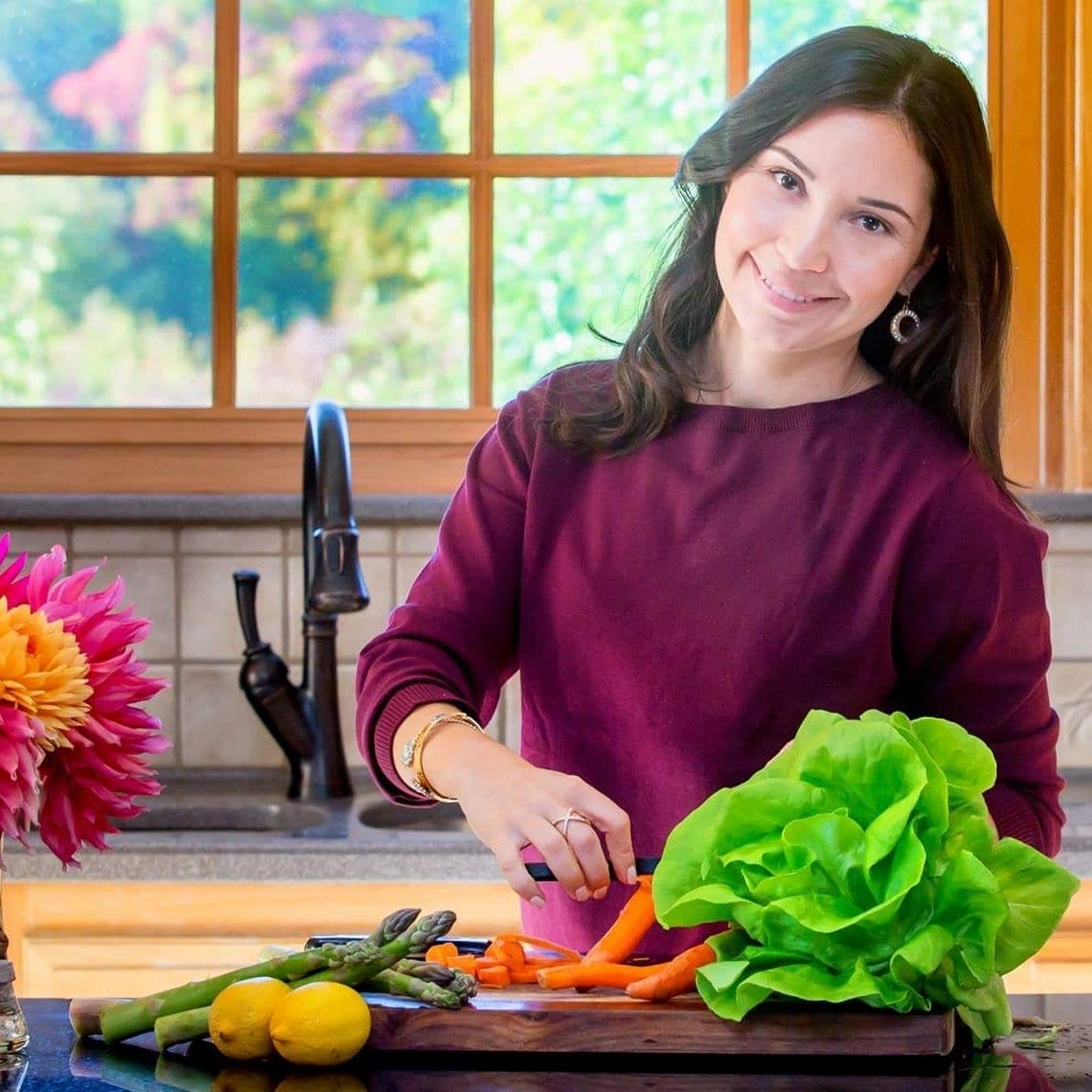
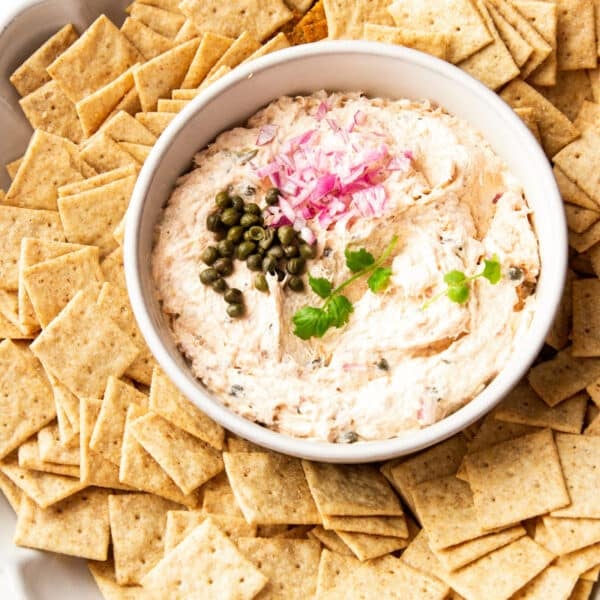
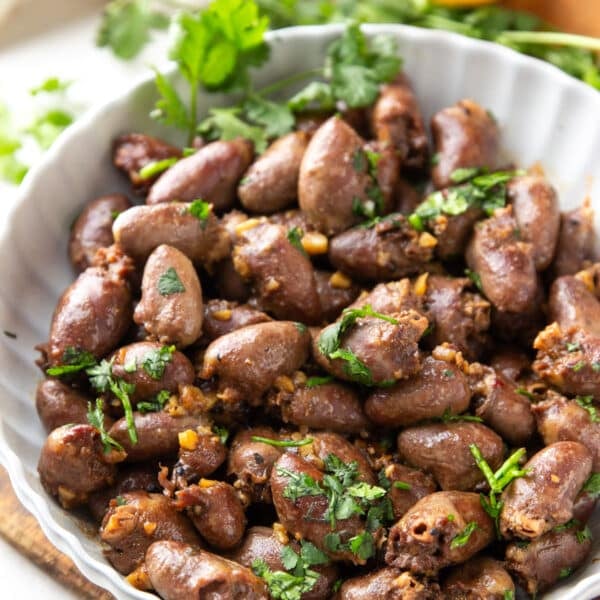
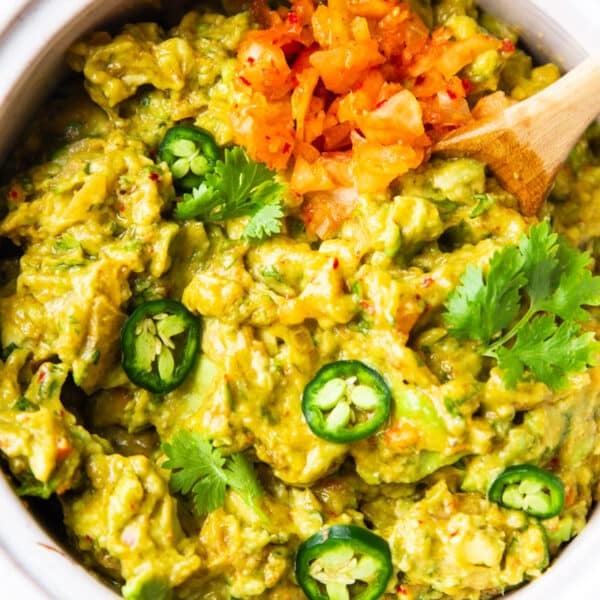









Delicious 😋
What a creative way to use cassava!
hum, delicius cassava chips!